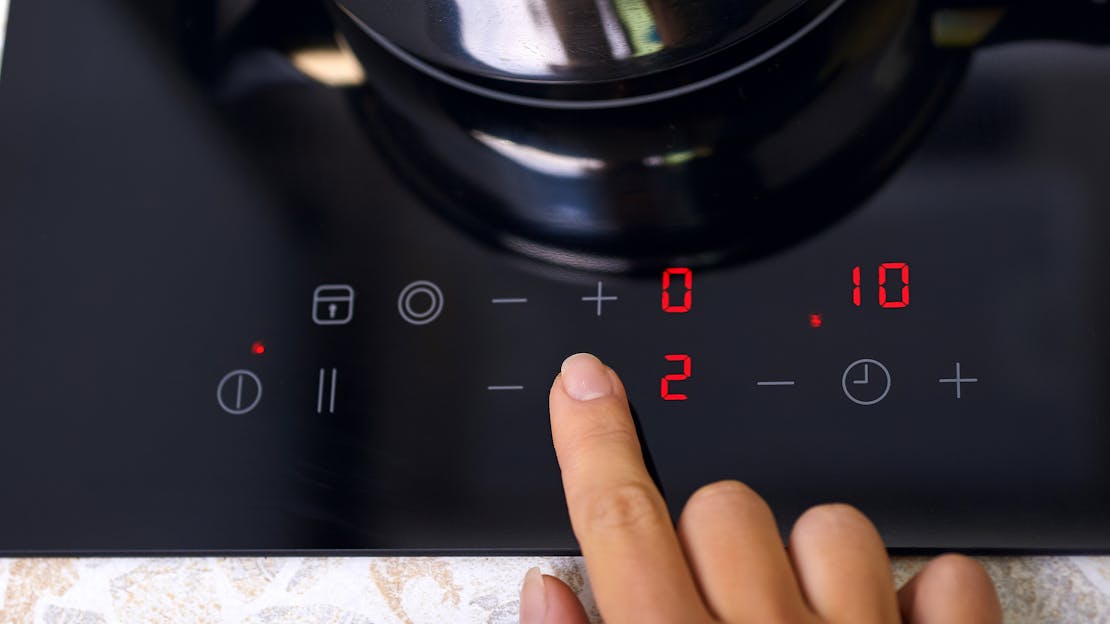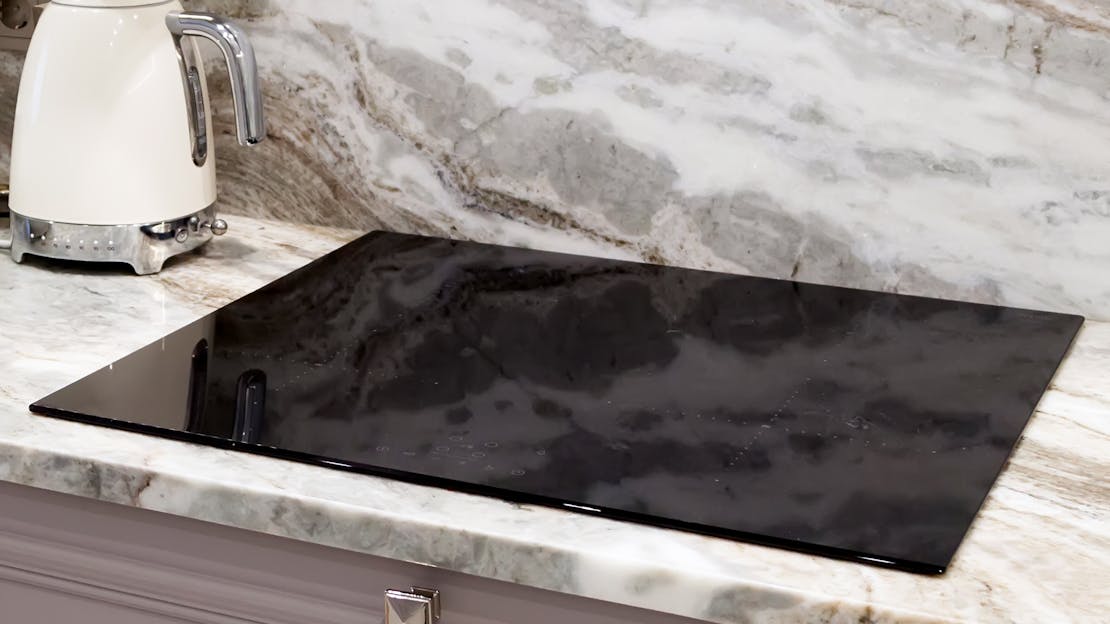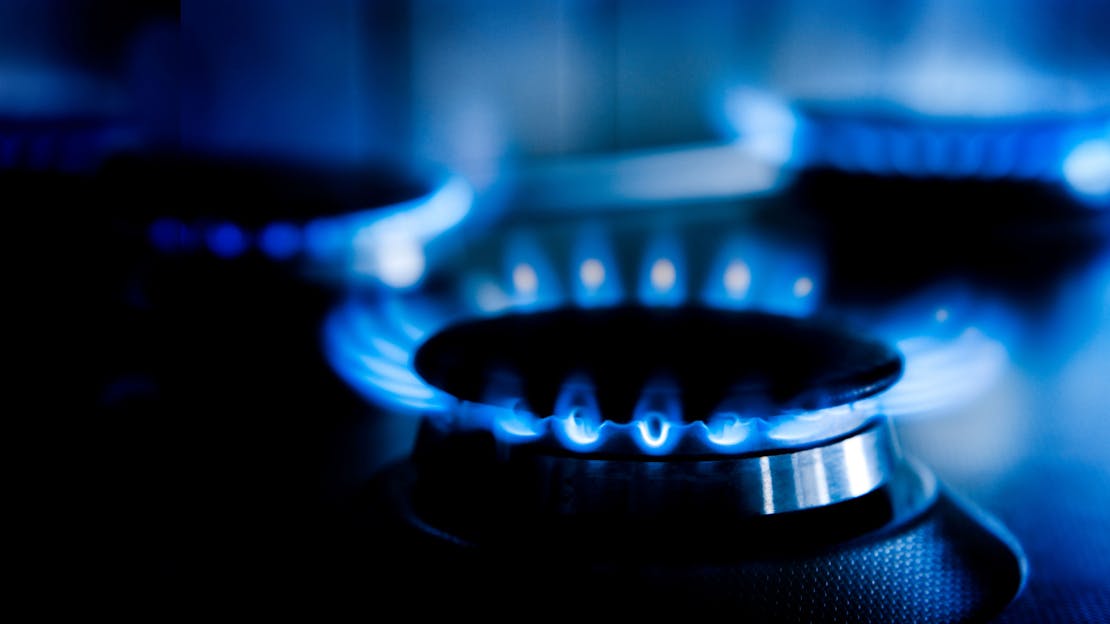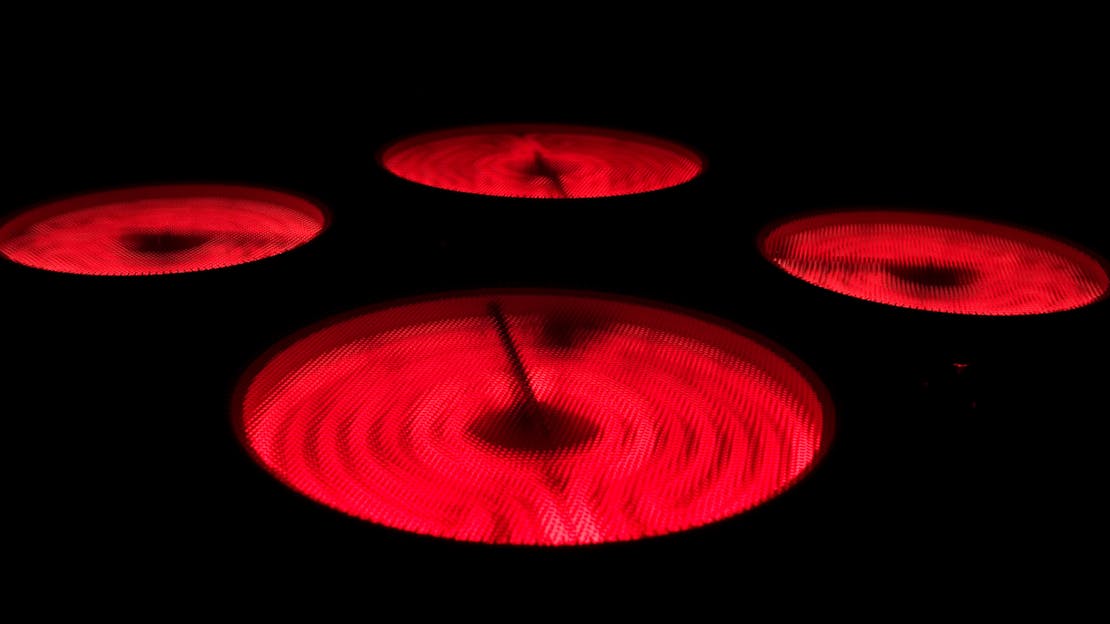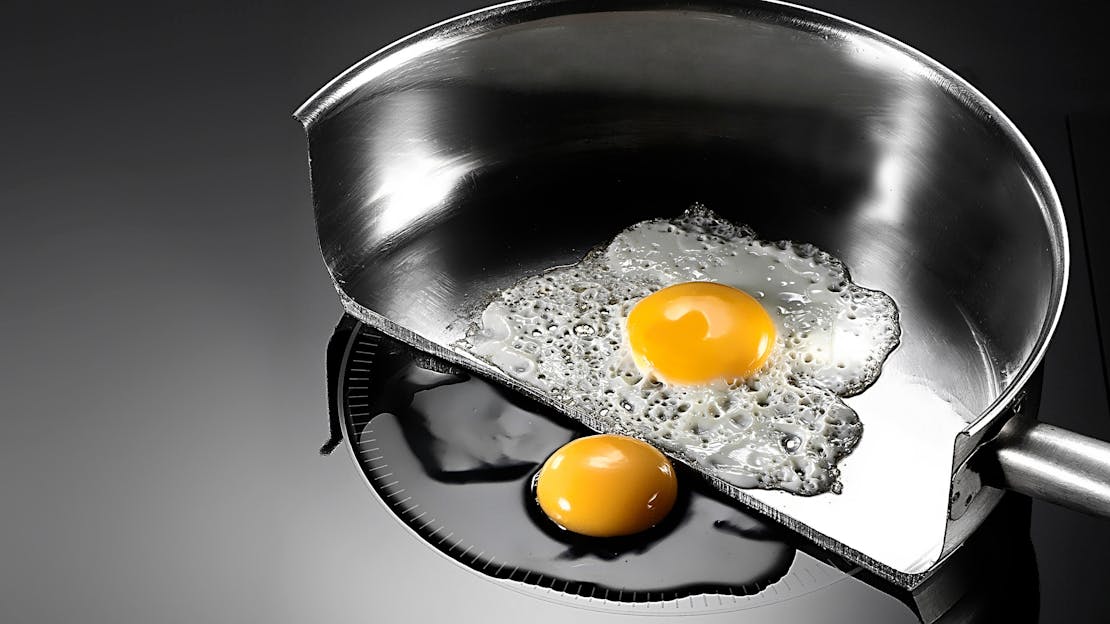
The Ultimate Hob Buying Guide
Deciding which hob to buy can be challenging, given the range of options available. This guide aims to simplify the process by detailing the various aspects of induction, ceramic, and gas hobs.
Induction Hobs
What is an induction hob?
An induction hob uses electromagnetic technology to directly heat your cookware, leaving the hob's surface relatively cool. This hob functions only with ferrous metal pots and pans, i.e., those that are attracted to magnets.
Why buy an induction hob?
Induction hobs are an ideal choice if you want fast, efficient, and precise cooking. These hobs save energy as the heat is targeted directly to your cookware. They're also safe, leaving no open flames, and the surface remains cool enough to touch during cooking.
Advantages of an Induction Hob:
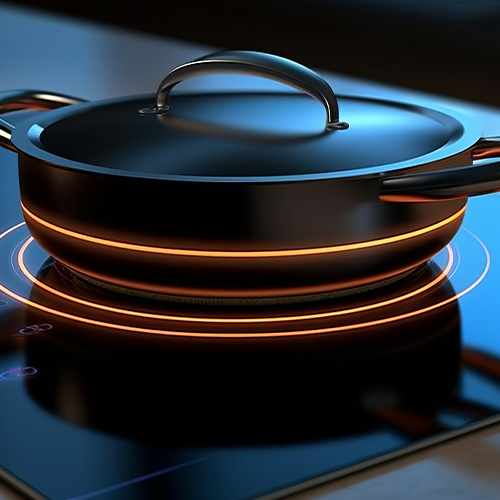
Speed and Efficiency: Induction hobs heat up faster than other types, significantly reducing cooking times. They also use less energy as they heat the cookware directly, minimizing heat loss.
Precise Control: The electromagnetic technology allows precise and instant control over the heat level. This makes it suitable for a variety of cooking techniques, from simmering to rapid boiling.
Safety: The hob's surface remains cool during cooking, reducing the risk of burns. There's also no danger of gas leaks or open flames.
Ease of Cleaning: With a flat, smooth surface, cleaning an induction hob is straightforward – a simple wipe down post-cooking will usually suffice.
Disadvantages of an Induction Hob:
Cookware Compatibility: Induction hobs require cookware made from ferrous metal. This means you might have to invest in new pots and pans, adding to the overall cost.
Price: Induction hobs are generally more expensive than gas or ceramic hobs, both in terms of initial cost and installation.
Electricity Dependency: Since they run on electricity, power outages can disrupt cooking
How do you install an induction hob?
Induction hobs must be installed by a qualified electrician due to their high power requirements. The surface needs to be cut to fit the hob, and a dedicated electrical circuit may be necessary.
What is best to cook on an induction hob?
Induction hobs are great for tasks that require precise temperature control, such as melting chocolate, simmering sauces, or searing meats. They are also ideal for boiling water quickly for pasta or vegetables.
Ceramic Hobs
What is a ceramic hob?
A ceramic hob, typically electric, has a smooth, glass-ceramic surface under which the heating elements are placed. The heat is transferred from these elements through the glass to your pots and pans.
Why buy a ceramic hob?
Ceramic hobs offer an aesthetically pleasing, modern look that can complement any kitchen design. They're easy to clean and are generally more affordable than induction hobs.
What are the advantages of having a ceramic hob?
Advantages of a Ceramic Hob:
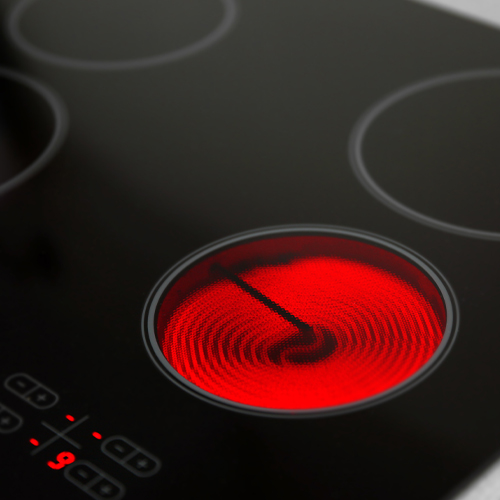
Design: Ceramic hobs offer a modern, sleek appearance that can complement any kitchen design.
Easy Cleaning: The smooth surface makes it easy to clean – spills and splashes can be wiped away effortlessly.
Affordability: Ceramic hobs are generally less expensive than induction hobs, making them an economical choice for many.
Cookware Compatibility: Unlike induction hobs, ceramic ones are compatible with all types of cookware.
Disadvantages of a Ceramic Hob:
Heat Control: Ceramic hobs may not offer the same level of precise and instant heat control as induction or gas hobs.
Heating and Cooling Time: Ceramic hobs take longer to heat up and cool down than their induction or gas counterparts.
Durability: The glass surface, while easy to clean, can be prone to scratches or, in some cases, cracking due to significant temperature changes.
How do you install a ceramic hob?
Like induction hobs, ceramic hobs should also be installed by a qualified electrician. The installation process is similar, and a dedicated electrical circuit may be required.
What is best to cook on a ceramic hob?
Ceramic hobs are great for dishes that need consistent, even heat, such as stews, soups, or casseroles.
Gas Hobs
What is a gas hob?
A gas hob uses natural gas or propane to generate heat. The flame is easily visible, making it straightforward to control the cooking temperature.
Why buy a gas hob?
Gas hobs are a favourite among professional chefs due to their quick heat response and versatility. They're also usually cheaper to run, considering the cost of gas vs electricity.
Advantages of a Gas Hob:
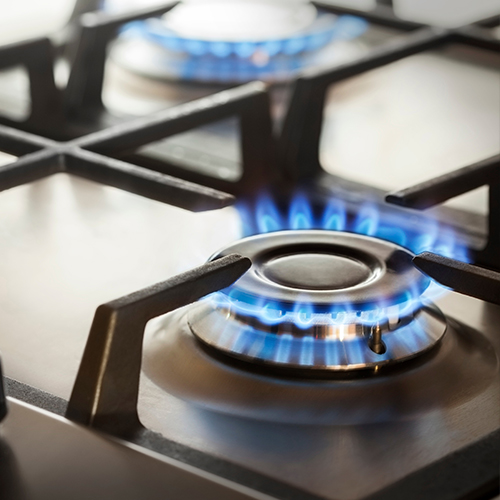
Heat Control: The visible flame offers immediate and accurate heat control, making gas hobs a preferred choice among professional chefs.
Heat Availability: Gas hobs provide instant heat, reducing the time it takes to start cooking.
Cookware Compatibility: Gas hobs work with all types of cookware, offering flexibility in your cooking choices.
Lower Running Costs: Depending on the price of gas and electricity in your area, running a gas hob can be more cost-effective.
Disadvantages of a Gas Hob:
Cleaning: Cleaning a gas hob can be more complex due to its structure, including grates and burners.
Installation: Gas hobs need to be installed by a Gas Safe registered engineer, which can add to the cost.
Safety: There is a risk of gas leaks and potential burns from the open flame, making it less safe than induction and ceramic hobs.
How do you install a gas hob?
Installation of gas hobs should always be performed by a Gas Safe registered engineer to ensure safety. The process involves cutting a space in the kitchen counter, connecting the hob to the gas supply, and ensuring a secure fit.
What is best to cook on a gas hob?
Gas hobs are excellent for any type of cooking that requires immediate heat changes. From rapid boiling to slow simmering, the control that gas hobs offer is unparalleled. They're also great for charring and roasting directly on the flame, a feature unique to gas hobs.
Which Hob is Best to Purchase in 2023?
The "best" hob depends largely on your individual needs, cooking habits, kitchen style, and budget. Induction hobs lead the way in safety and energy efficiency and are the fastest. Ceramic hobs provide an economical and easy-to-clean alternative with a sleek appearance, while gas hobs offer instant control over heat, making them the preference of many culinary enthusiasts.
In 2023, if budget permits, an induction hob could be a smart choice due to its energy efficiency, safety, and advanced technology. However, for those wanting a more affordable option or who prefer traditional cooking methods, ceramic and gas hobs respectively are still excellent choices.
Keep in mind, the perfect hob for your kitchen will be the one that best matches your needs and preferences. By understanding the features of different hob types, you'll be able to make an informed decision that brings you cooking satisfaction for years to come.
Frequently asked questions
What does "suitable for all hobs" mean?
When cookware is labelled as "suitable for all hobs," it means that it can be used on induction, ceramic, and gas hobs. This versatility is typically achieved by using materials that can withstand different heat sources and that are compatible with induction's magnetic field.
Are hobs a standard size?
While there's no universally standard size for hobs, manufacturers tend to stick to a few common dimensions to fit typical kitchen countertops. The width of hobs generally falls into two categories: 60 cm and 90 cm. However, there are also compact and extra-large models available, providing a range of options to fit various kitchen spaces. When replacing an existing hob it is worth checking the current hob dimensions and comparing it to your new hob, there may be some need to adjust your worktop.
When did induction hobs come out?
Induction hobs were first introduced in the early 1970s, but their popularity didn't take off until the late 2000s. They have since grown increasingly popular due to their energy efficiency, safety, and advanced technology.
How expensive are induction hobs to run?
The cost of running an induction hob depends on several factors, including the price of electricity in your area and how often you use it. While induction hobs use a lot of power, they're very efficient because they heat the cookware directly, reducing cooking time and wasted energy. As a result, the overall running cost is typically lower than that of a ceramic hob and can even be comparable to a gas hob, depending on utility costs.
How expensive are ceramic hobs to run?
Ceramic hobs are generally less efficient than induction hobs because they heat up the entire hob plate, not just the pot or pan. This results in more energy usage and longer cooking times, which can lead to higher running costs.
How expensive are gas hobs to run?
Running costs for gas hobs depend primarily on the price of gas in your area. Generally, even though gas hobs aren't as efficient as induction hobs, gas is often cheaper than electricity, making gas hobs typically less expensive to run.
Do ceramic hobs go on and off?
Ceramic hobs use a process known as "cycling" to maintain the desired heat level. This means they heat up to the set level, then turn off for a while, and then heat up again. This cycling can make maintaining a consistent temperature for sensitive tasks a bit challenging.
![The Ultimate Guide to Induction Hobs]() Hob Buying Guides
Hob Buying GuidesIf you're considering upgrading your kitchen hob, you may find yourself mulling over the fascinating world of induction hobs. As one of the leading manufacturers of all types of hobs, we're here to help navigate you through this often bewildering terrain. Welcome to the Ultimate Induction Hob Buying Guide!
![The Ultimate Guide to Gas Hobs]() Hob Buying Guides
Hob Buying GuidesIf you're considering purchasing a gas hob for your kitchen, this guide will provide you with all the essential information you need to make an informed decision. Throughout this guide, we'll explore the advantages, safety considerations, installation process, cleaning tips, and cost considerations associated with gas hobs.
![The Ultimate Guide to Ceramic Hobs]() Hob Buying Guides
Hob Buying GuidesCeramic hobs have revolutionised cooking, offering a sleek and modern aesthetic combined with practical and efficient functionality. So what exactly is a ceramic hob?
![Gas Hob Buying Guide]() Hob Buying Guides
Hob Buying GuidesOffering a traditional way to cook food on a hob, our gas hobs here at MyAppliances are simple to use and will instantly update your kitchen.
![Ceramic Hob Buying Guide]() Hob Buying Guides
Hob Buying GuidesExtremely easy to use, our ceramic hobs are a dream to clean, too. With handy touch control features, these appliances offer value for money and a fuss-free way to cook.
![Induction Hob Buying Guide]() Hob Buying Guides
Hob Buying GuidesEconomical and well-designed, our induction hobs here at MyAppliances come in a range of sizes and are easy to install, too.
![The Ultimate Guide to Which Pans Suit Which Hob Types]() Hob Buying Guides
Hob Buying GuidesThis guide navigates through a spectrum of hob types — from the venerable gas hob to the cutting-edge induction cooker — each demanding a specific pan companionship.

